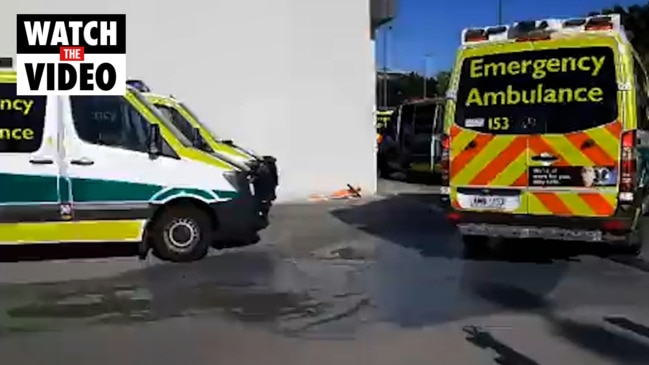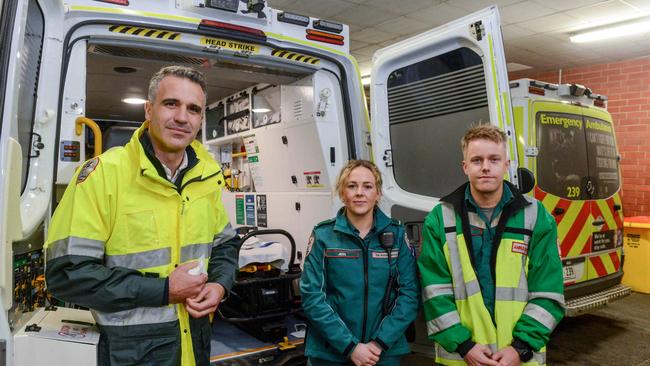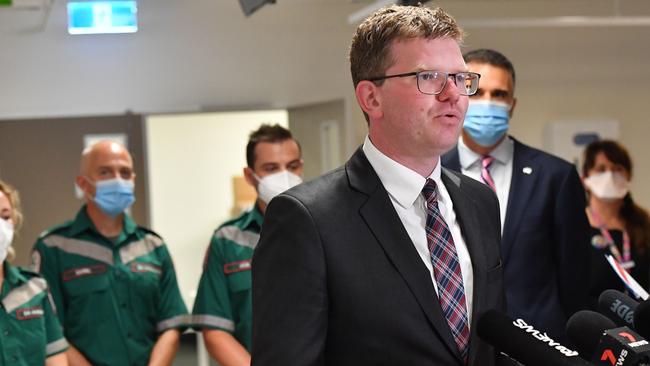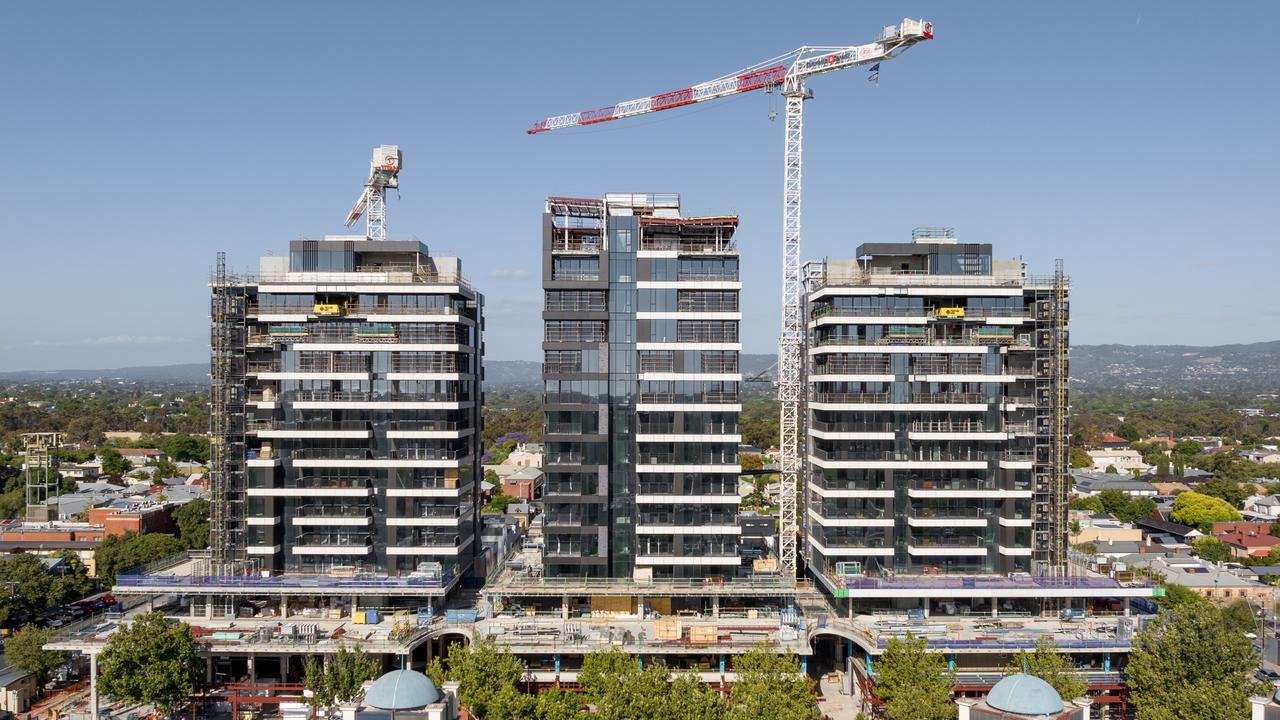Paul Starick: The biggest risk facing Premier Peter Malinauskas’s government after 100 days | Analysis
SA’s fledgling government has failed to fix a key issue and more mounting crises are not helping, writes Paul Starick.

Opinion
Don't miss out on the headlines from Opinion. Followed categories will be added to My News.
Failure to fix the health system – and to be seen to have done so – is the biggest electoral risk facing Peter Malinauskas’s government.
The astute Premier recognises this but willpower alone will not achieve the task.
The harsh reality of sky-high public expectation, extraordinary cost-of-living pressures and a sinking economy are mugging state Labor’s future-focused health agenda.
Almost 100 days since Mr Malinauskas spearheaded Labor to a landslide state election victory on March 19, South Australia looks and feels a lot like it did under Steven Marshall’s one-term Liberal government.
Petrol prices are back above $2 a litre. A Covid-19 variant is predicted to trigger another case surge and intensify severe pressure on hospitals.
Non-urgent elective surgery has been reduced. SA has the nation’s highest unemployment rate at 4.6 per cent. Voters have become accustomed to quick fixes during the pandemic, when once-unimaginable amounts of money were shovelled out by governments to tackle health and economic crises.
But the Malinauskas future-focused agenda takes some time, energy and considerable amounts of money to implement, as the Premier tacitly acknowledged by deciding on an earlier-than-expected June 2 state budget.
Like the famous London Tube announcement, it’s a case of mind the gap. In this case, though, it’s the gap between promise and delivery of public health system improvements.

The economic landscape has worsened dramatically since the March 19 state election. Inflation is soaring in most countries, as Reserve Bank governor Philip Lowe outlined in a speech on Tuesday. Food and energy prices have risen sharply.
Dr Lowe is warning “Australians should be prepared for more interest rate increases” because they are “still very low for an economy with low unemployment and that is experiencing high inflation”.
This grim outlook is very different to the optimistic tone of an election-day statement released by Mr Malinauskas 100 days ago on Monday.
This “outlined a positive plan for the future, including our plan to fix the ramping crisis”. This $3.118bn agenda featured promises for 310 more hospital beds, 300 more nurses, 100 more doctors, 350 more ambos, 36 more ambulances, a new Women’s and Children’s Hospital, a historic boost for mental health, an upgrade for Modbury Hospital and a new, bigger Mount Barker Hospital. These sunlit uplands are a stark contrast to the present reality. Health Minister Chris Picton, one of the most capable in the Malinauskas cabinet, on Tuesday restarted a long-running campaign urging people to go to emergency departments only in an emergency.
This included the reduction in non-urgent elective surgery. Patients were transferred to country hospitals near Adelaide and up to 28 private hospital beds taken over because of insufficient public capacity.
Declaring public hospitals “extremely busy” because of Covid-19, flu and “normal winter ills”, Mr Picton trumpeted Labor’s $2.4bn health agenda but acknowledged “this extra resourcing and capacity will take time to build”.

But the government is getting a dose of its own medicine from the Liberals, which is decrying “a health system in crisis” as shamelessly as Labor did just months ago when it was in opposition.
The Advertiser on Wednesday revealed Flinders Medical Centre emergency patients were being treated on chairs as a last resort, because of insufficient beds. The same unions who propelled Labor into office are demanding urgent action and resources – not at some point into the future. Unions like the SA Salaried Medical Officers Association, Ambulance Employees’ Association and Australian Nursing and Midwifery Federation have a central mission of representing members. This does not always coincide with a Labor government’s agenda. Mr Picton, who was chief of staff to the formidable Rann government health minister John Hill, is experiencing this union conflict again – just as Mr Hill did more than a decade ago.
The Malinauskas government has acted quickly to start implementing its future-focused agenda, most particularly by delivering funds for Labor’s policy blueprint with the June 2 state budget. An extensive advertising campaign is attempting to stem the gap between funding and delivery in the collective public mind. Ambo talks about how fixing the ramping crisis starts with more hospital beds and the recruitment of more doctors, nurses and ambos. Pragmatically, the slogan is “2022 is for you”.
Labor’s election mandate is to fix the “health crisis”. This is a tall order, by which the government will be judged at the next election in 2026 – but the pressure is on now too.




